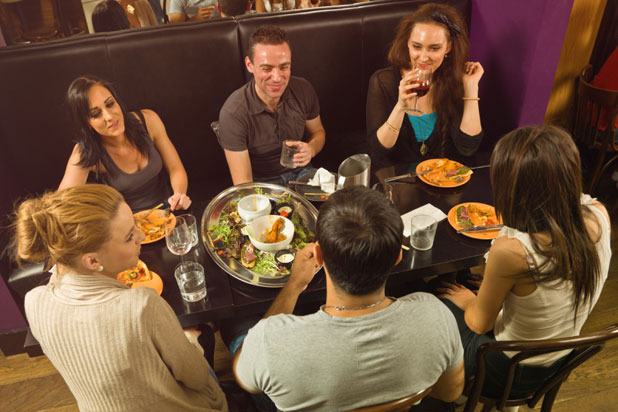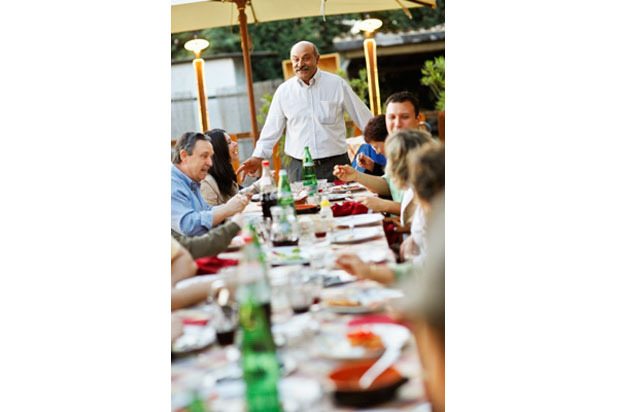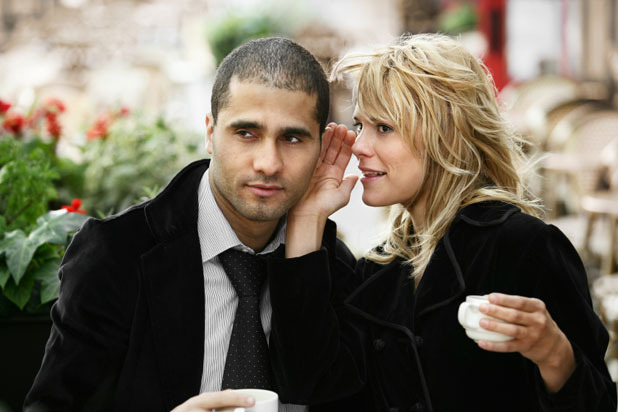Do I Need A Seating Chart Slideshow
Seat people man, woman, man, woman when possible. If applicable, the host and hostess or co-hosts are seated opposite one another as a rule. If there is more than one table, be sure that there is a "host" for each table.
Most people will automatically group themselves with other people of a like gender. As the host, it is your job to break through this cliché so that all of your guests can enjoy dinner more. Ensuring that people sit in a place different than they may have chosen themselves will keep your guests on their toes, engaged, and socially inspired.
2. Tell Guests There Is a Plan
Know ahead of time exactly where each guest will sit and as they arrive, give them a heads up. It would be embarrassing for a guest if they didn't know that there was a seating arrangement and sat in the wrong spot.
When entertaining a group of people who don't know each other, take the care and time to introduce guests to the people sitting in proximity to them. For larger dinner parties, place cards are incredibly useful. You can even dress them up with fruits or vegetables from the market.
3. Group Like Guests Together
It should go without saying that guests should like those that they're sitting next to. Refrain from sitting two people near each other who you know will not get along. Sit guests near people that they have things in common with, but also who may have differences, to ensure they have a more interesting conversation. Trust your instincts.
Have arguing family members? Arranged seating can help defuse awkward situations. Focus instead on getting a few key people in the right places. For example, placing that charismatic person in a central seat, where he can initiate small talk and smooth over any sticky moments, is a good start. Then manage troublesome, loud, or contentious guests by giving them a job to do: mix drinks, help in the kitchen or serve appetizers.
4. Separate Husbands and Wives
Married couples see each other all the time, and having conversations with other guests is part of the fun of socializing while you dine. That said, husbands and wives should never be too far from each other, and children should always be alongside either parent. Unmarried or new couples should normally be seated next to each other.
5. Consider Guests' Health
Be sure to seat hard-of-hearing guests in a way that will keep them engaged. Some hearing aids pull in all of the surrounding noise at the same level, creating one massive sound. If that's the case, your guest may fare better on the outskirts of the table, where he or she can focus on the closest conversation. For the guest that is deaf in one ear, be sure that their good ear is toward the conversation.
6. Sit Low-Maintenance Guests Near You
Typically, if there is a guest of honor, he or she should be seated to the right of the host. But as you'll be away from the table from time to time, you'll need to make sure your companions will be comfortable without you there. Take special care when choosing whom to sit next to the guest of honor, and place low-maintenance guests to your right and left.
7. Handle Complaining Guests Diplomatically
Be prepared to bend a little if people don't follow your seating plan. Guests should respect the host's efforts in making a seating arrangement. While it may be tempting for a guest to switch their place card so they can sit next to their best friend, it can throw off your entire table's balance, and may hurt the feelings of the guests they were to sit next to who may assume the guest didn't find their company appealing.






